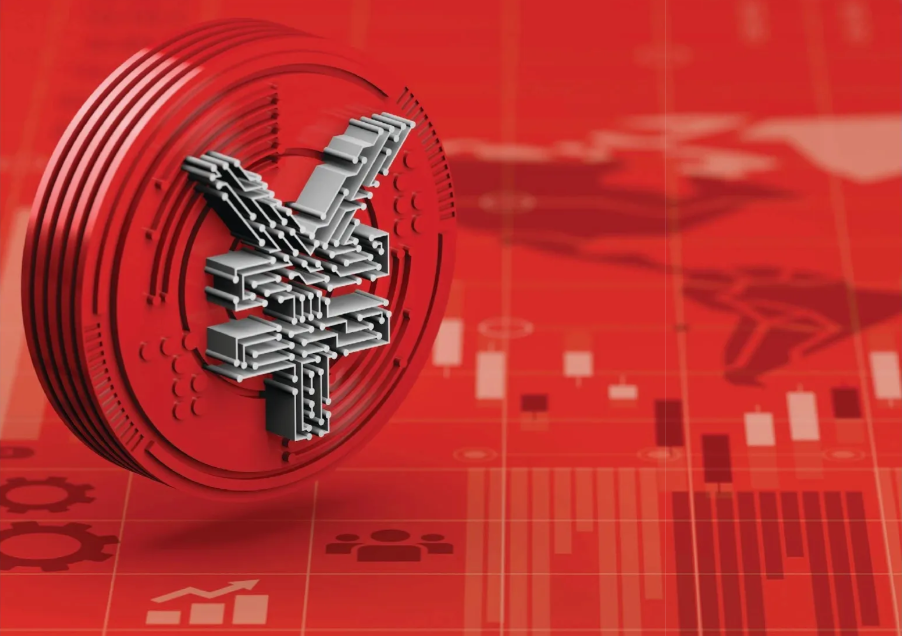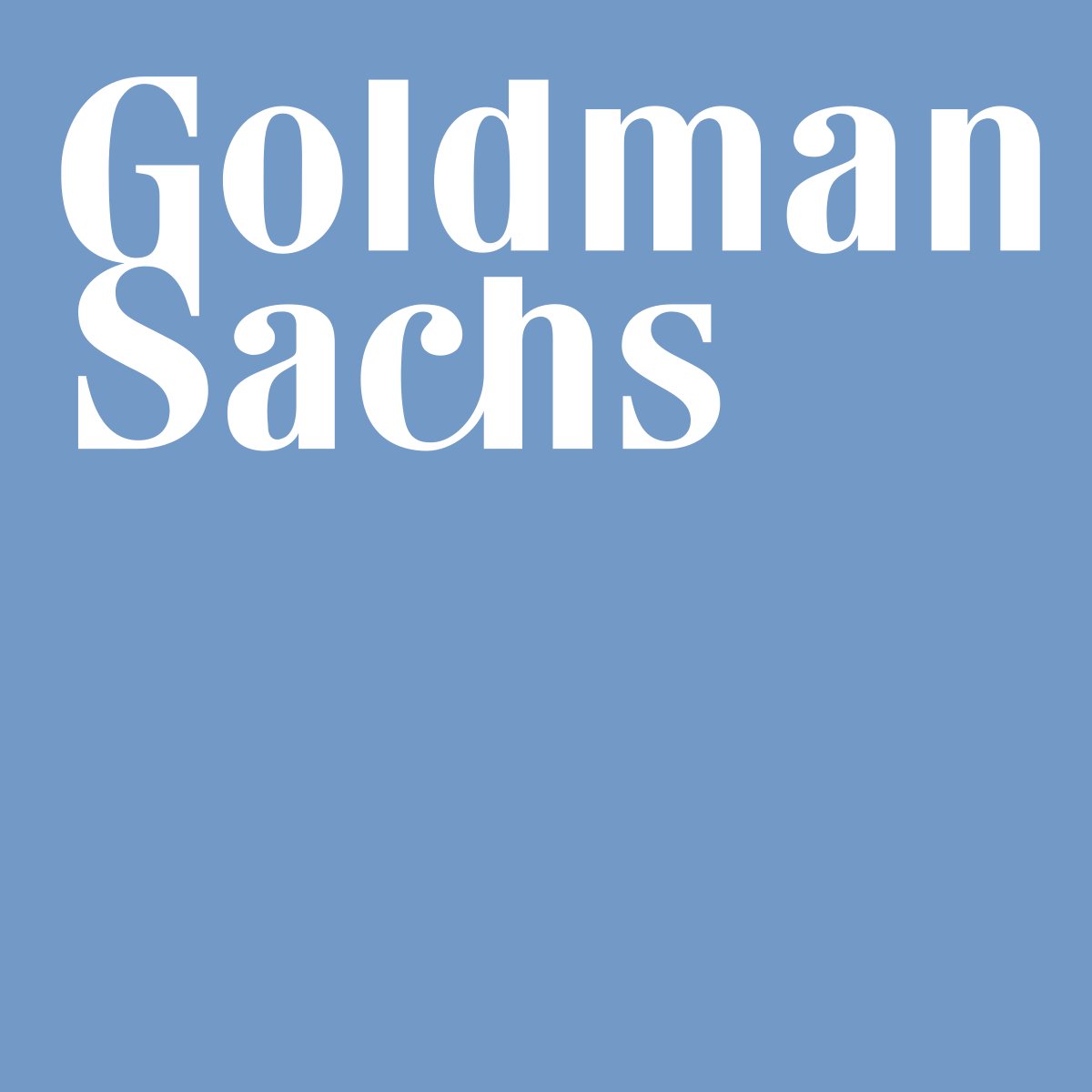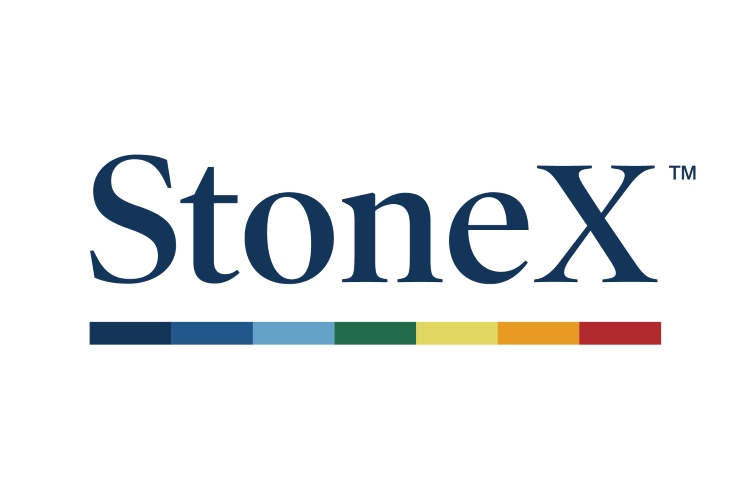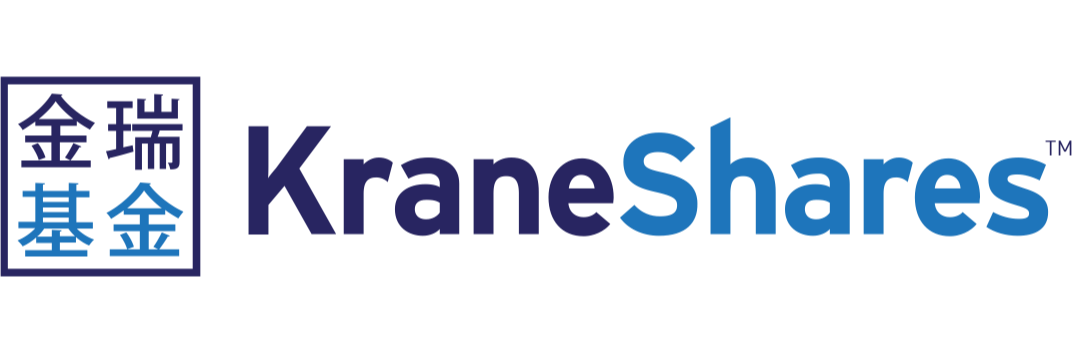After two decades of hyper expansion, questions are being asked about how further evolution in China’s market should look and what ways this more thoughtful growth can be captured within ETFs and other products.
Often regarded as the goose among ducks in emerging markets, the world’s second-largest economy – and largest on a purchasing power basis – remains in flux, with a growing consumer class, sectors moving in and out of favour, uneasiness surrounding corporate borrowing and a heavy-handed state introducing swathing rafts of new policy every few years.
Against this backdrop, ETF Stream underlines a few considerations investors should take account of while searching for ETF wrapped exposure to Chinese securities.
What share?
An increasingly relevant question as China becomes more sensitive about its companies sharing information with other jurisdictions is: what is the best way for an investor to buy equity in Chinese companies?
The dizzying array of different frameworks range from A-Shares, B-Shares, H-Shares, N-Shares, Red-chips, P-chips and ADRs, each representing a different listing location, currency denomination and even company affiliations.
Among these, the key issue is listing location, with the discussion primarily centred around A-Shares, H-Shares and ADRs. An ADR – or American Depository Receipt – is a security that represents shares of non-US companies that are held by a US depository bank outside the US – such as Citigroup acting as the sponsor for Alibaba shares.
ADRs have been the favoured route of access for many foreign investors looking for China equity exposure, given they are listed on major US exchanges. However, their role has been called into question as Chinese regulators become warier of overseas involvement and ownership of Chinese companies.
Discussions have been held about the potential delisting of ADRs from US exchanges as Chinese regulators are reluctant for ADR issuers to pass on information to regulators in Washington. Bloomberg reported the Chinese Communist Party (CCP) was working on a framework to enable most companies to maintain their US listings but warned certain firms with “sensitive data” may have to delist.
Amid this uncertainty, western investors might consider paying more attention to A-Shares – which are those listed in Chinese domestic exchanges in Shenzhen and Shanghai and open to foreign investment.
A-shares are 95% owned by Chinese investors, according to data from KraneShares, as of November 2021. In its China Market Outlook, JP Morgan increased its long-term returns assumptions for the share class by 0.3% in local currency and US dollar terms, respectively, and forecast significant flows from domestic and international investors.
It added: “We believe investors do not have enough exposure to Chinese onshore assets; our hypothetical analysis finds that reallocating some holdings to Chinese onshore equities and government bonds would likely improve a multi-asset portfolio’s risk-adjusted return.”
The Chinese state is also making a conscious effort to keep company listings onshore, as seen both in regulatory action in 2021 and the creation of the specialist Shanghai Stock Exchange Science and Technology Innovation Board (STAR) – or ‘Nasdaq of China’ – in 2019.
The ESG question mark
Another area of contention as investors come to accept the role of moral values in asset allocation decisions is the evolution and credentials of China’s environmental, social and governance (ESG) efforts.
JP Morgan found the proportion of companies in the China Securities index 300 filing ESG reports surged from 49% in 2010 to 86% in 2020 – a number it expects to continue increasing as the China Securities Regulatory Commission (CSRC) increased reporting standards for onshore-listed companies.
China’s emissions are also heading in the right direction. At the end of 2021, MSCI estimated the weighted average carbon intensity of the MSCI China A index stood at 261.5 tonnes per million dollars of investment, comfortably below the 328.8 tonnes for the MSCI EM index.
The country also has ambitious plans for electrification, with CCP setting a target of 30% of all power used by the industrial, building and transportation industries to be electricity by 2030 and 70% by 2050. Also, while electric vehicle sales made up around 5% of all vehicle sales in China in 2020, the goal is to increase this to 40% by 2030.
Despite these areas of progress, China has several ESG shortcomings. On the environmental side, China’s emissions trading scheme launched last July but only covers the power sector. JP Morgan also warned the ETS carbon price – which South China Morning Post forecast to exceed $10 per tonne in 2022 – is far shy of Europe’s price of more than €80 per tonne in April, a cost difference which will have to be made up by Chinese metals manufacturers looking to trade in Europe in 2023.
Of course, the most divisive and sinister question mark for Chinese securities’ ESG credentials is their potentially close proximity to human rights violations in Xinjiang and suppression of democracy in Hong Kong. While active engagement between ETF issuers and companies could be one way to diminish concerns arising from these situations, the decision to have exposure to companies or organisations involved in or adjacent to such issues is ultimately a personal one and at the discretion of an investor.
Over the last year, the L&G ESG China CNY Bond UCITS ETF (DRGN) has been criticised for being completely weighted to securities issued by the Chinese state of affiliated organisations. The UBS ETF MSCI China ESG Universal UCITS ETF (CNSG) was also flagged by the National Contact Point (NCP) of Switzerland for offering exposure to Hikvision – a subsidiary of a Chinese military conglomerate and a supplier of surveillance equipment used to spy on Uyghurs in Xinjiang.
The changing face of Chinese debt
A relatively young but booming part of the Sino investment universe is its fixed income market covered by ETFs.
Most bonds issued from emerging market countries only gained investment-grade status from 2005 but the scale and breadth of the product range targeting Chinese debt are fast evolving.
A key candidate within this has been iShares China CNY Bond UCITS ETF (CNYB), the first to offer exposure to Chinese government bonds when it launched in 2019.
Having amassed more than $6bn assets under management (AUM) in its first 14 months, as at the end of February, CNYB suffered a period of volatility, shedding more than $1.3bn – booking its second-worst month of flows in March.
Aside from the largely popular sovereign debt, other areas of fixed income remain largely uncultivated within ETFs. For instance, China’s $15trn corporate bond market is the second largest in the world and is tracked by indices from a number of popular providers – yet there are no ETFs offering specific exposure to this market.
While the Tabula Haitong Asia ex-Japan High Yield Corp USD Bond ESG UCITS ETF (TAHY) does offer a 56% weighting to bonds issued by Chinese corporate issuers, these are only high yield securities and are blended with other emerging market debt exposures.
Last year, the International Capital Market Association bemoaned the fact there are nine domestic credit rating agencies in China – which increases confusion – while there is a bias toward the higher end of the credit spectrum, creating a lack of differentiation. It added a lack of liquid secondary bond market is also an obstacle to the internalisation of onshore credit.
There were also a number of doubts about Chinese corporate debt following the Evergrande debacle, however, Brendan Ahern, CIO at KraneShares, told ETF Stream the company would not be allowed to fail because of its dependents, which range from property owners to workforces employed both internal and external to the firm, and bondholders.
The common prosperity theme
Thematic ETFs are currently a growth area across the world but have developed a tacit pattern of being overweight US tech names.
Tackling this have been new thematic products geared specifically to China exposure, with the CCP itself creating a potential angle for secular growth.
As part of its regulatory clampdown on Chinese tech giants in 2020 and 2021, many commentators believe the CCP intends to not only prevent monopoly risks but foster the growth of smaller companies in sectors it favours, such as ‘hard’ technology components and green energy transition enablers.
Responding to this, Goldman Sachs created a “common prosperity” basket of 50 stocks in areas ranging from renewables to hard tech, to higher-end manufacturing, to mass consumption brands.
Recently, the CSI 300 underwent what Goldman Sachs described as “the most significant index rebalancing by far” and became “more thematically compelling” with 20 out of 28 of the new index additions also belonging to its “common prosperity” universe, which it believes is favourably exposed to strategic policy tailwinds.
It may be worth watching whether other indices follow suit and begin factoring in “common prosperity” potential winners highlighted by Goldman Sachs and others.
Equally, it will be interesting to see whether ETFs are launched in response, given the power the CCP exerts in shaping China’s domestic market.
For now, European investors might look towards China-specific thematic ETFs launched by the likes of Global X, which debuted exposures to China’s clean energy, EV and battery, cloud computing and biotech industries in March.
The macro quick take
Concluding, it is worth pointing to a few macro and political questions on the horizon for China investors.
For instance, Brendan Ahern, CIO at KraneShares, suggested previously that 2022 could be a politically significant year for the country. With many of its leaders reaching the implied retirement age of 68, there is “a lot of sensitivity”, he said. Ahern added the timing of such junctures may also go some way to explaining the speed and severity of tech regulation in the last year or so – and that the worst of it may have passed.
Mike Shiao, CIO of Asia ex Japan at Invesco, said while the clampdown on the tech sector had the aim of promoting healthy growth and social wellbeing within the digital environment, it may have a broader effect on transforming China’s economy to one focused more on principles of quality and sustainability.
Looking further ahead, Vincent Deluard, director of research at Stone X, said China has enjoyed being at the peak of its demographic transition and dependency curve over the past two decades. As the 2020s transition into the 2030s, Deluard warned China’s dependency ratios will rise at an “unprecedented” pace as those born in the 1970s enter retirement and the comparatively “tiny” one-child policy generation makes up a larger portion of the working-age population.
Given the market unrest sparked by the Russia-Ukraine situation, some might also pay heed to the CCP’s signalling at an invasion of Taiwan. However, Peter Sleep, senior investment manager at 7IM, said the Taiwan question also involves anticipating the actions of other countries such as the US. He added there are currently several other geopolitically tense hotspots including North and South Korea.
In conclusion, China remains a complex and evolving part of the global market puzzle with varying degrees of challenges and opportunities. What is certain is as one the largest and still-maturing economies, it is simply too big for most ETF investors to ignore.
This article first appeared in ETF Insider, ETF Stream's monthly ETF magazine for professional investors in Europe. To access the full issue, click here
Related articles












